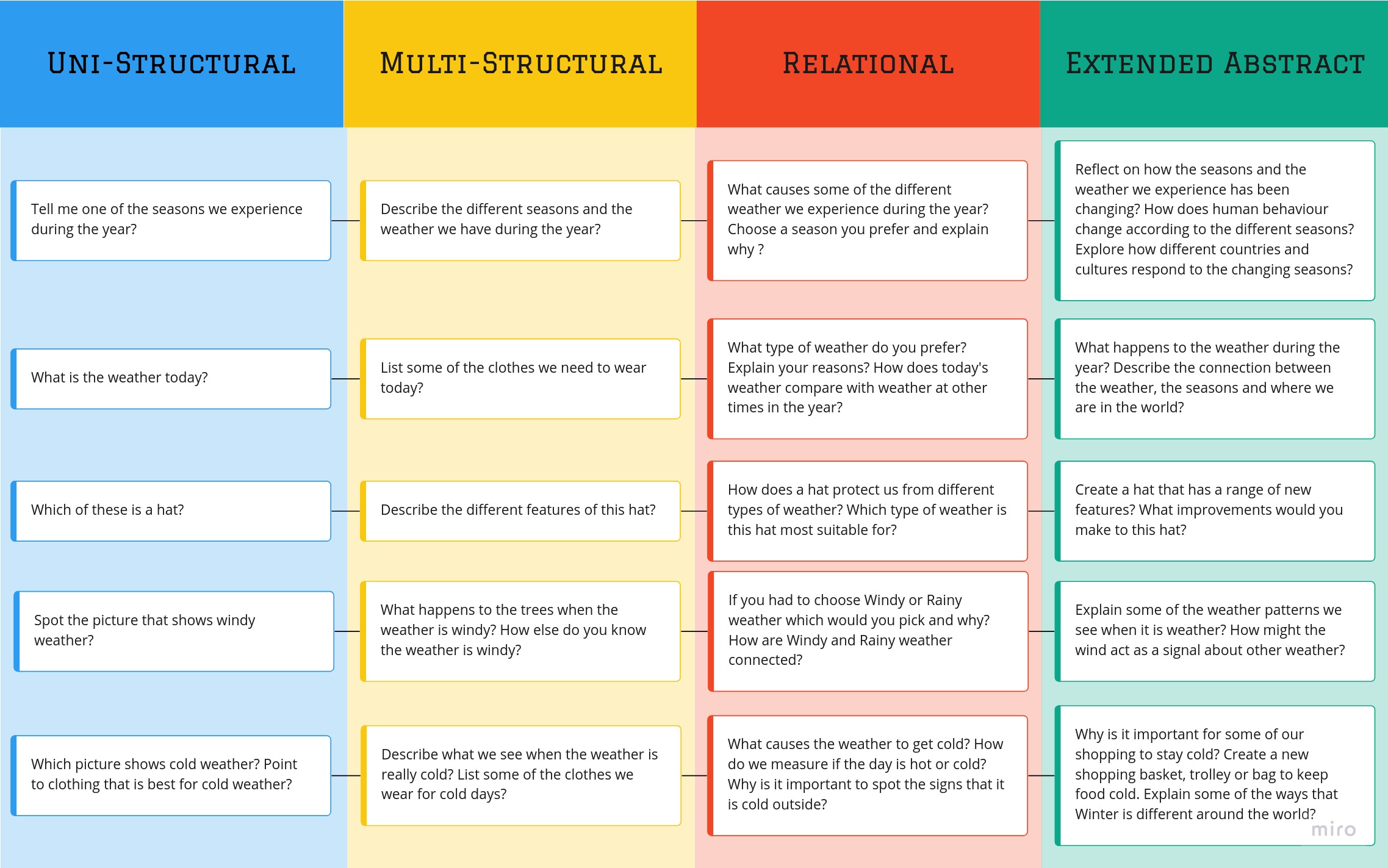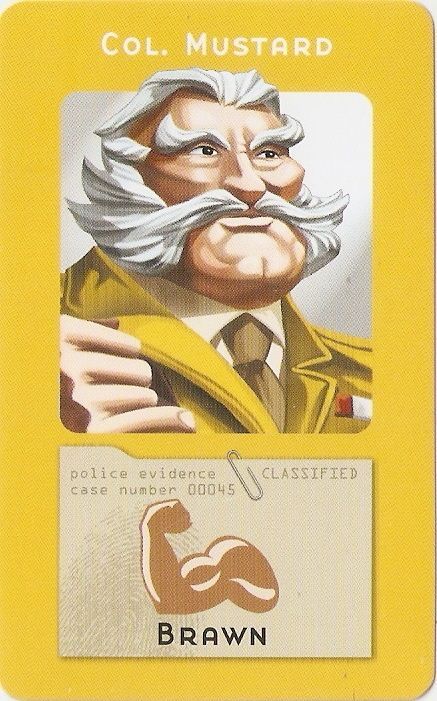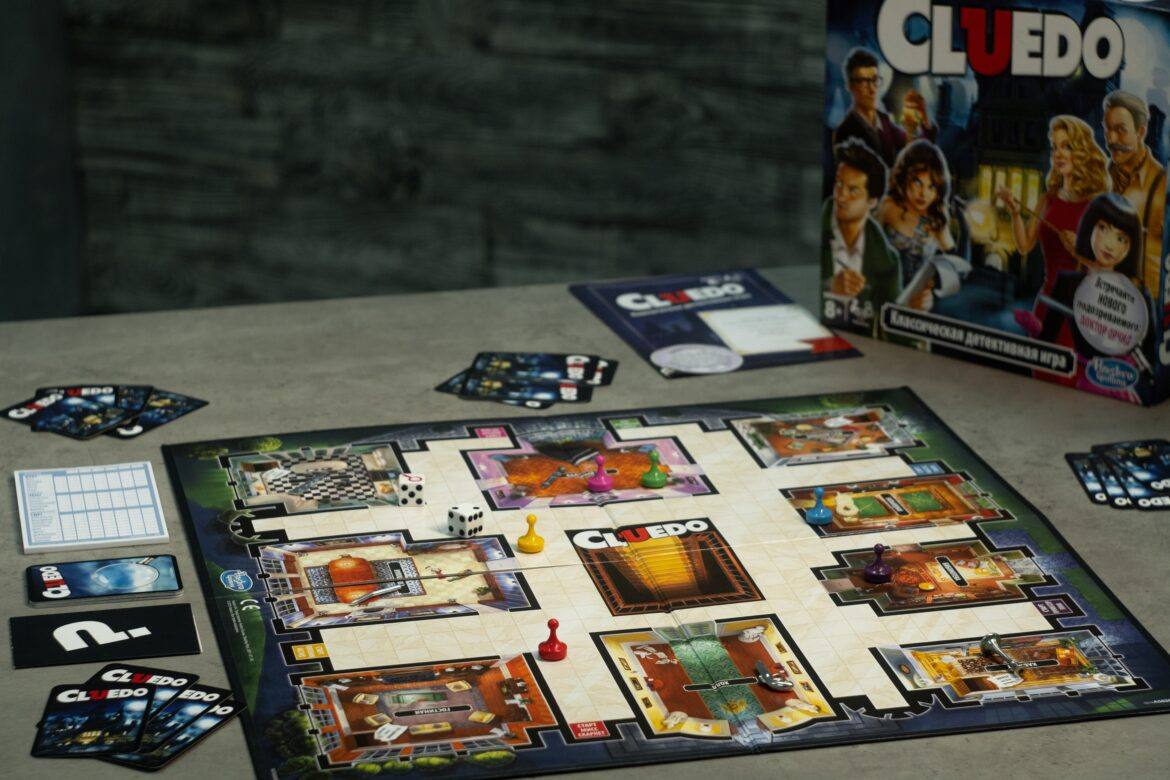“Who did it? Was it Colonel Mustard with a rope in the billiard room?” Murder and mystery have enthralled many over the years. If you’re an amateur detective, then you may appreciate the connection to the learning process. Games like CLUE/CLUEDO may come to mind as you consider a different taxonomy of learning than Bloom’s Taxonomy. The learning process isn’t dissimilar to assembling clues and connecting them to solve a crime. Do you agree it is an apt analogy?
Let’s get a little background on a different taxonomy of learning.
“It is unusual for isolated cognitive categories to play a significant role in human thought or behavior. We normally function on the basis of much larger conceptual structures, the schemes or schemas that are constructed out of complex and often dynamic organizations of categories.”
–Frank Smith, Understanding Reading
The Power of Schema
Like a character in the game of CLUE, learning is often about building a schema or framework to better understand what’s happening. When you first play the game, you may not know the conceptual structure of the game. As you learn the structure, or schema, it becomes easier to predict the outcome and see how the clues fit together.
Rumelhart (1980) saw schemes as the building blocks of cognition, comparing them with the scripts of plays that can be performed by different groups of actors in different settings. Comprehension, according to Rumelhart and Ortony (1977), is the confirmation of tentative hypotheses about what schemes are relevant by finding the “slots” into which the details of events fit.
(Source: As cited in Understanding Reading)
When trying to solve a murder mystery, as in CLUE, it’s important to know the actors, how they behave. The only way to do that is to make educated guesses about who they are. It is the same when when learning something new. As learners, like players in CLUE, we work together with (and against) others to construct schemes or stories that fit what’s happened or happening.
In real life, we don’t always know what twists and turns may result along the way. We’re not sure what steps we will take to achieve the desired end. That’s why a taxonomy of learning can be helpful. It can provide a schema for understanding learning we participate in or facilitate for others.
How the Taxonomy Helps
When we learn, the end goal is the application of new learning to novel situations. Those novel situations may have similar elements to what we may have learned in the past, but they are seldom identical. Extraneous information may be included, and we have to sort out the irrelevant. How do we do that? A learning taxonomy scaffolds our efforts to build a schema. In a meta-cognitive way, it supports our learning until we can make up our own theory. And, these theories are unique to us since we are singular beings.

Image Source: https://edte.ch/blog/2019/11/22/solo-taxonomy-question-chains/
Introducing the SOLO Taxonomy
The SOLO Taxonomy has been around since I graduated from eighth grade. In spite of that, I never learned about John Biggs and Kevin Collis’ creation in 1982. It needs little introduction since heavyweights like Peter DeWitt and Pam Hook have spent some time explaining it. Yet, as I mentioned, it’s important to build one’s own theory of understanding. To do so, I have juxtaposed various explanations. These explanations are organized in a simple table.

The SOLO Taxonomy Created by author
Stages of the SOLO Taxonomy Explained
In trying to understand the SOLO Taxonomy, I asked myself a few questions:
- What do each of the stages represent or mean?
- How would John Hattie, who supports the SOLO Taxonomy, describe each stage?
- What learning phase (e.g. surface learning, deep learning, transfer learning) is commensurate with each stage?
- How could I describe what it means in simple terms?
Fortunately, Pam Hook has created a four minute video using LEGOs that explains the SOLO Taxonomy. I watched it and tried to adapt the explanation into the table below. Let me know what you think. Does it make sense?
| Stage | SOLO Taxonomy | Hattie’s Term | Learning Phase? | What It Means |
|---|---|---|---|---|
| 1 | Prestructural – incompetence (they miss the point). | No Idea | May or may not have Prior Knowledge | Lack of understanding or knowledge of concept. |
| 2 | Unistructural – one relevant aspect | One Idea | Surface Learning | Has an idea of what it is but not what to do with it or how it connects to other ideas. |
| 3 | Multistructural – several relevant and independent aspects | Many Ideas | Surface Learning | Has a basic understanding but not sure how to fit ideas together. |
| 4 | Relational – integrated into a structure | Relate | Deep Learning | Understands how ideas fit together and the relationship between them. Still needs scaffolding and instructions to be successful. |
| 5 | Extended Abstract– generalized to new domain | Extend | Transfer Learning | Can take what has been learned and make something new, directions not needed |
As I review the table, it starts to make sense how the SOLO Taxonomy is a good fit for Hattie’s ideas about surface, deep and transfer learning. The next step might be to ask oneself, what strategies fit well within each stage of the SOLO Taxonomy? In some ways, the taxonomy reminds me of the game of Clue.
Get a Clue: The SOLO Taxonomy
 As you read the following, ask yourself if this aligns to the five stages listed in the table above. How would you modify them? Don’t be shy, leave your thoughts in the comments.
As you read the following, ask yourself if this aligns to the five stages listed in the table above. How would you modify them? Don’t be shy, leave your thoughts in the comments.
- Something has happened. You’re not sure what happened, why it happened or how it occurred. You simply feel an imperative to learn more to resolve the gap in your understanding.
- A clue is found that suggests more information is needed. You try to make this clue fit into your existing schema or understanding of the world, but you soon realize it doesn’t fit. You begin to dig for more clues.
- More clues are found, but you’re not sure how these fit together or if they are part of a different problem. You need to make guesses of what happened and figure out how the clues fit together. If you can do this with others, that may help.
- Through various means, individual and cooperative, you see the relationship between the clues that have been found. You have a theory of what happened. When you apply it to the current learning problem, it fits and you feel the flush of victory. Your new schema explains the current situation, but you’re not sure if it will work for the next one.
- You encounter a fresh problem and you apply your ability to find clues and understand how they fit together to solve this. You adapt your schema, or modify it to make a new one, that fits the clues for the new learning problem. You understand how they are the same and how they are different. You look for new ways to apply your theory of problem solving to other situations.
Does that work for murder mysteries? Let’s put this into the context of instructional strategies that work. That is, strategies that are based on proven research and that accelerate student growth.
SOLO Taxonomy with Strategies That Work
It may come as no surprise that I’ve taken to describing high-effect size instructional strategies (HESIS) as “Strategies That Work.” In fact, you can find two online courses that capture this understanding, along with a chart. As you might imagine, we can easily extend the table above with the Matching Strategies and Digital Tools chart. To give you an idea of what that might look like, here’s a simple version without the SOLO Taxonomy definition of their terms:
| Stage | SOLO Taxonomy | Hattie’s Term | Learning Phase? | What It Means | HES Instructional Strategies |
|---|---|---|---|---|---|
| 1 | Pre-structural | No Idea | May or may not have Prior Knowledge | Lack of understanding or knowledge of concept. | Build and/or activate prior knowledge |
| 2 | Uni-structural | One Idea | Surface Learning | Has an idea of what it is, but not what to do with it or how it connects to other ideas | Three-Step Jigsaw Method, Summarization, Vocabulary Programs |
| 3 | Multi-structural | Many Ideas | Surface Learning | Has a basic understanding, but not sure how to fit ideas together | Direct Instruction, Flipped Classroom, Note-Taking |
| 4 | Relational | Relate | Deep Learning | Understands how ideas fit together and the relationship between them; still needs scaffolding and instructions to be successful | Concept Mapping, Metacognition, Self-Judgement, Reflection |
| 5 | Extended Abstract | Extend | Transfer Learning | Can take what has been learned and make something new; directions not needed | Problem-Based Teaching, Transfer Strategies |
As I wrote this blog entry, I was assembling clues about the SOLO Taxonomy. I was figuring out ways to better understand the taxonomy so I can use it as an aid to learning. I moved steadily from pre-structural to relational. The next step is, How can I take what I’ve learned and make something new? That’s the challenge we all face as learners, isn’t it?

